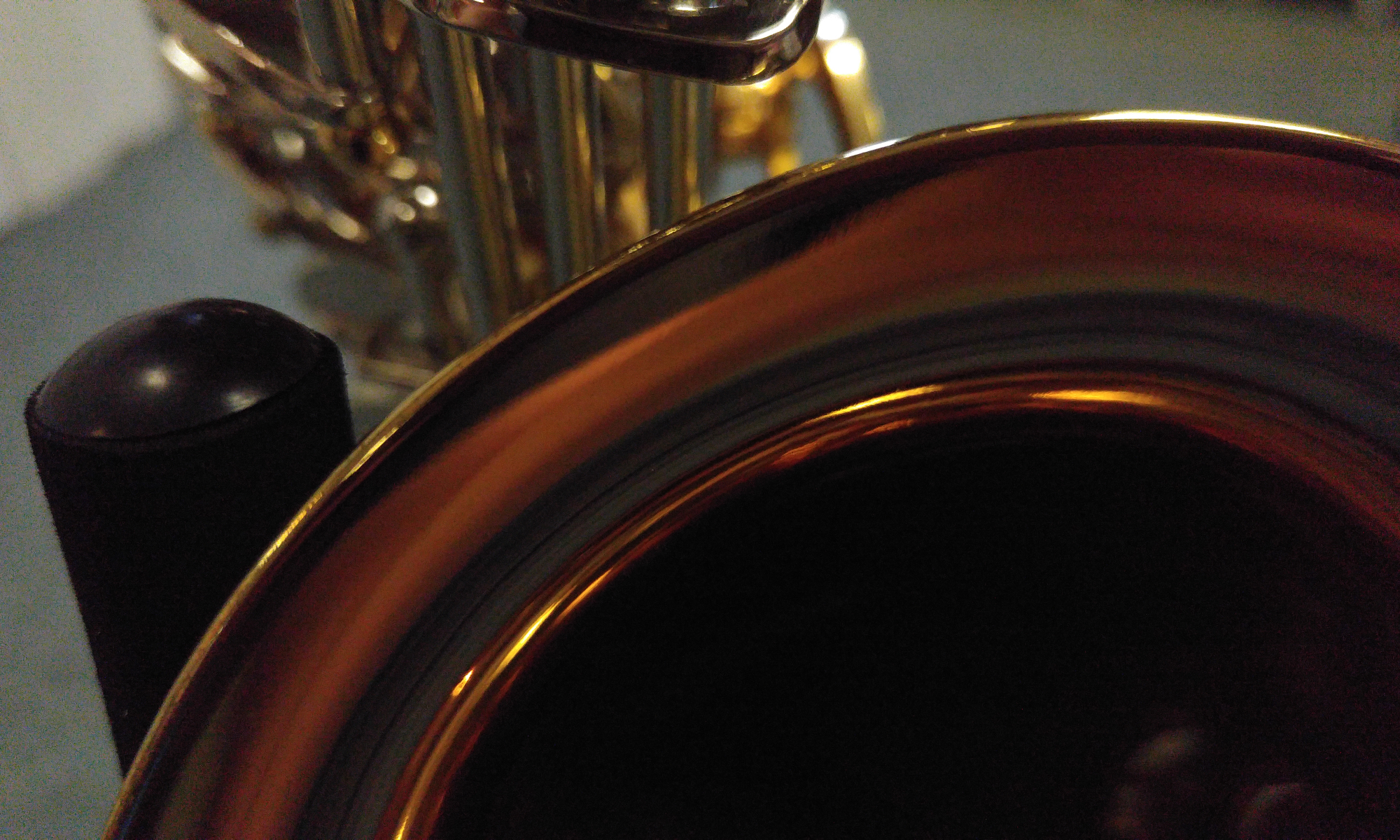Jo Gill sets out two aims for The Cambridge Introduction to Sylvia Plath: “to offer new readers an accessible, authoritative, and comprehensive guide to Plath’s writing” and “to provide an incisive and insightful overview of key tendencies and developments in Plath criticism” (ix). She accomplishes both aims in an accessible introduction that will prove invaluable to students.
The first section, “Life,” is only thirteen pages long; but it is a useful overview of biographical details, and it clearly establishes, to Gill’s credit, that she will resist any temptation to posit a biographical “truth” against which to measure either Plath’s writing or critical assessments of it. From the beginning, her focus is on the writing; she is intent on turning the attention of students to the body of Plath’s work. The second section, “Contexts,” is perhaps the weakest in the book. While it points to important issues in Plath’s social-political context, including the cold war and McCarthyism, struggles for racial justice, and the emergence of “second-wave” feminism, there is a regrettable tendency to fragment the issues in ways that could render contexts incoherent. The most useful aspect of this section is Gill’s focus on Plath’s “double vision,” which she first defines as a conflict between “confessional” and “academic” poetry (21). As Gill rightly points out in subsequent chapters, the doubleness (or multiplicity) of Plath’s vision is one of the great strengths of her writing, enabling her to write in different genres and voices with different audiences in mind and guiding her attempt to bridge the presumed gap between “high” and “low” culture. Given Gill’s recognition of Plath’s engagement with social and political issues and her recognition (following a number of theorists of “containment culture”) that this engagement was enabled at least in part by the doubleness of vision necessitated by containment, it is interesting that no connection is made with W.E.B. DuBois’s recognition at the beginning of the twentieth century of such doubleness as characteristic of the experience of oppressed people, particularly people of color, in the United States. That recognition might have enabled her to more critically probe the motivation for the white flight that partly shaped Plath’s adolescent experience. Gill, surprisingly, appears to take “cheaper rates and good schools” in the suburbs at face value (26). That Plath doesn’t is evidenced in her growing recognition of the danger of “tidiness” (28), which can be partly traced to the interrelated experiences of the suburbs, the Cold War, and patriarchy, and which gives her writing a critical edge that is sharper than is often supposed when her poetry is dismissed as merely “confessional.” In Plath’s work, the personal is political and the confessional is social — metaphors, not similes, analogies, or simple means to an end. The remaining sections are most valuable for their introduction of the range of critical responses to Plath — grounded in biography, confession, mythology, feminism, psychoanalysis — and for their careful articulation of the constructions of Plath that have emerged over the years not only in struggles among critical and ideological perspectives, but also in struggles between her mother and Ted Hughes to control the narrative of her life after her suicide. That struggle, as Gill notes, had a direct impact on the availability of primary material, and critical approaches have already undergone some transformation as that impact fades (128).
Thorough notes and suggestions for further reading make this introduction particularly valuable as a supplement for students who are just getting acquainted with Plath’s writing.
reviewed by Steven Schroeder, Chicago
Jo Gill. The Cambridge Introduction to Sylvia Plath. Cambridge University Press, 2008. ISBN 978-0-521-86726-9.
